Published with @ioppublishing.bsky.social.
Large parts of Latin America will face higher wildfire risk in the coming decades. More soon.
#ClimateScience #WildfireRisk #SouthAmerica
Published with @ioppublishing.bsky.social.
Large parts of Latin America will face higher wildfire risk in the coming decades. More soon.
#ClimateScience #WildfireRisk #SouthAmerica
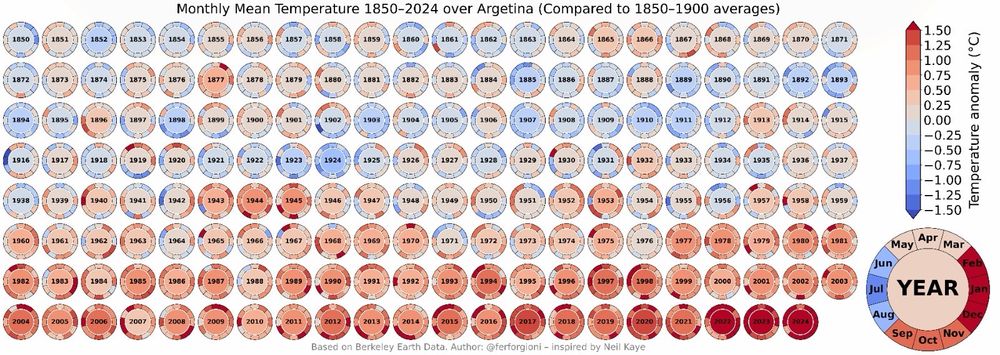
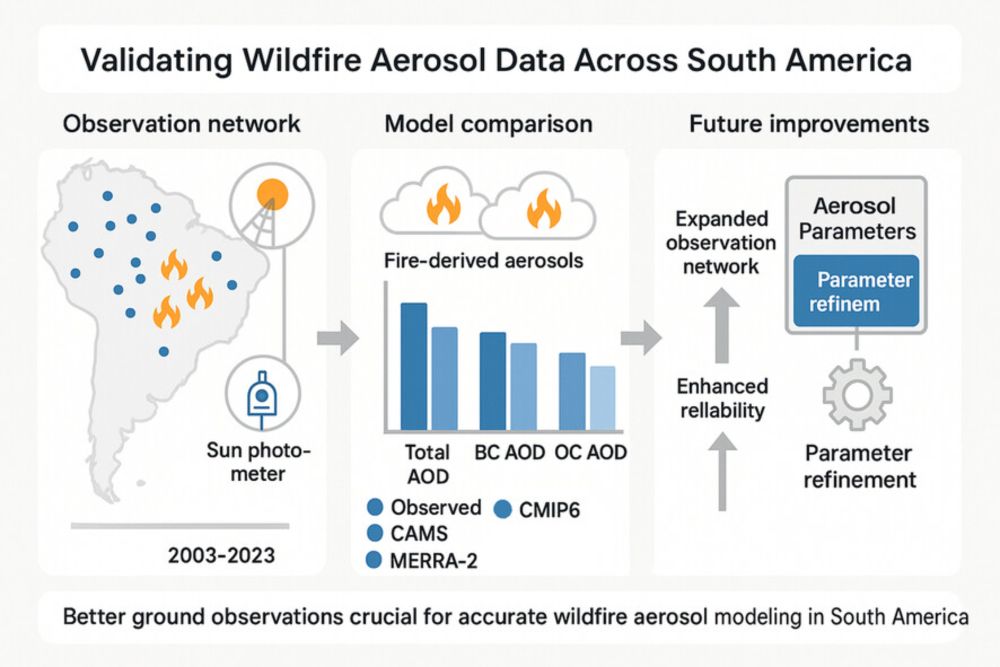
Data from @copernicusecmwf.bsky.social ERA5 reanalysis.

Data from @copernicusecmwf.bsky.social ERA5 reanalysis.

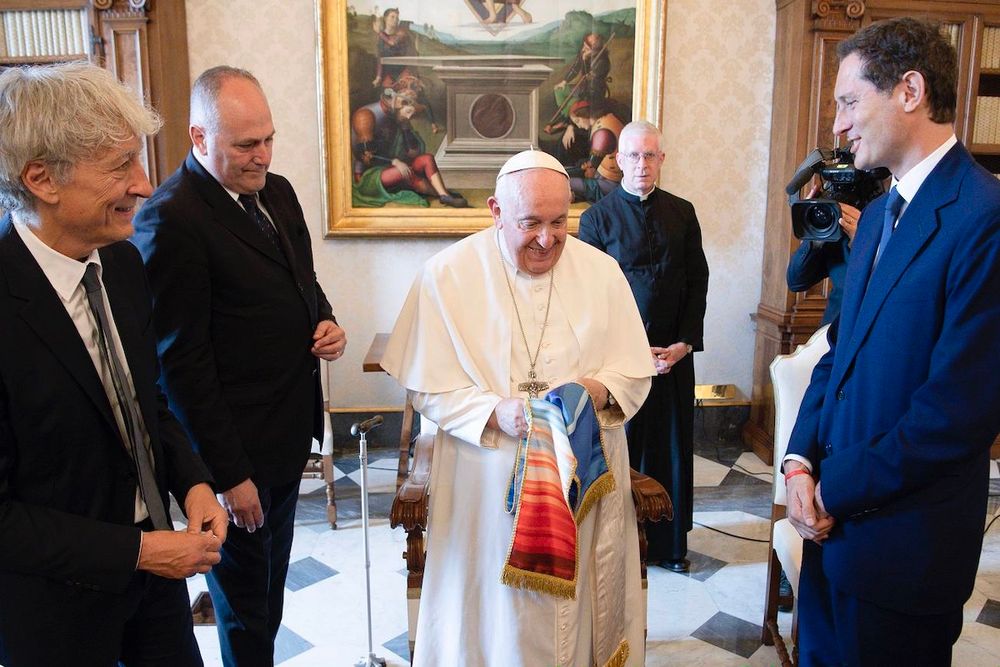
Our study on the recent floods that killed at least 33 people was published today.
🧵

Our study on the recent floods that killed at least 33 people was published today.
🧵

Data from doi.org/10.24381/cds...
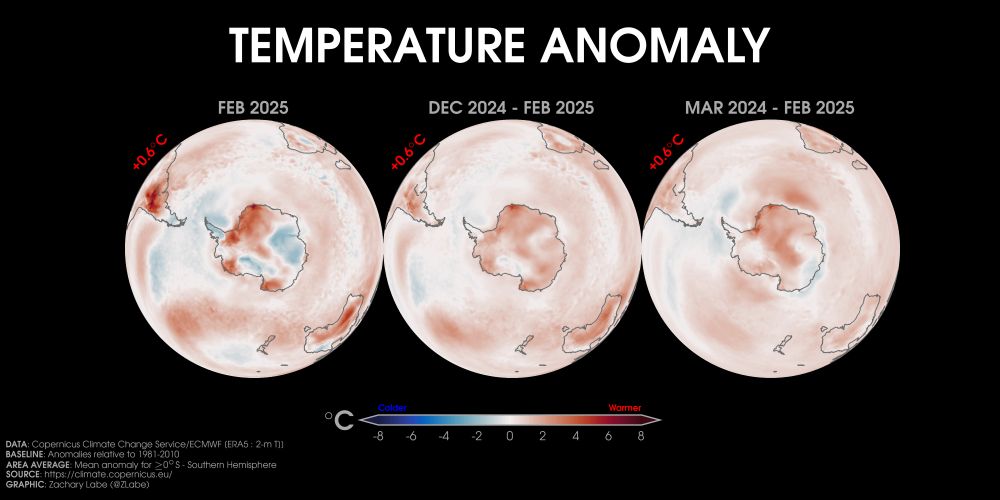
Data from doi.org/10.24381/cds...
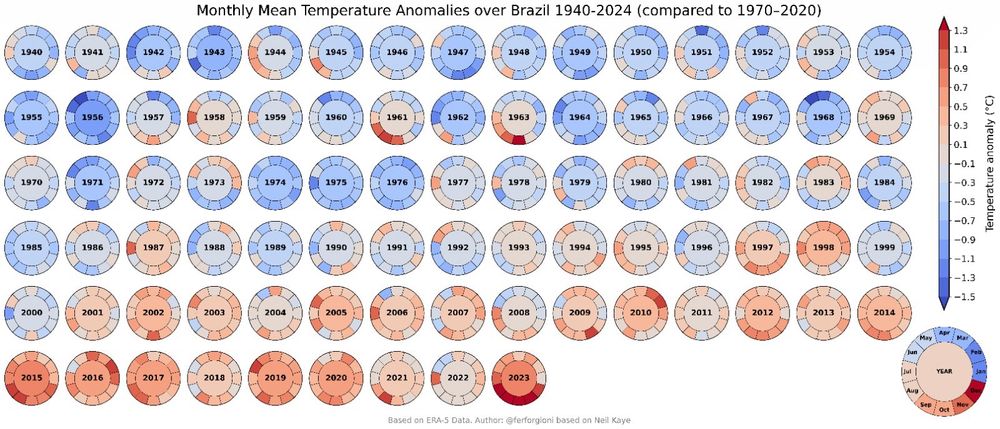
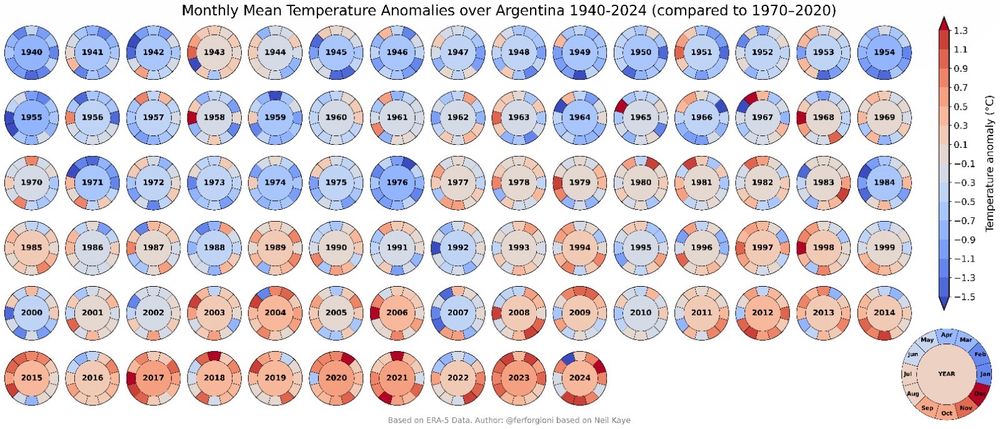
(The paper is open access in RG)
He left some points:

(The paper is open access in RG)
He left some points:
Me as a reviewer…
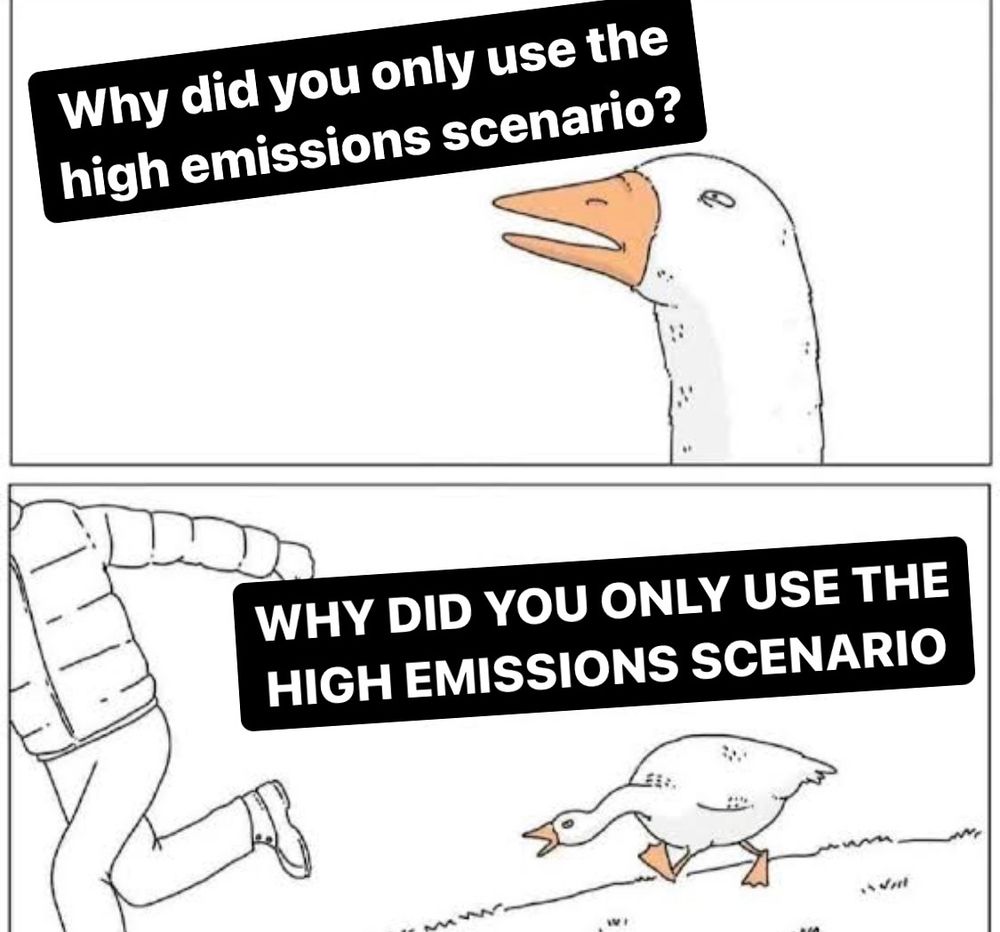
Me as a reviewer…
Data from @copernicusecmwf.bsky.social ERA5 reanalysis.
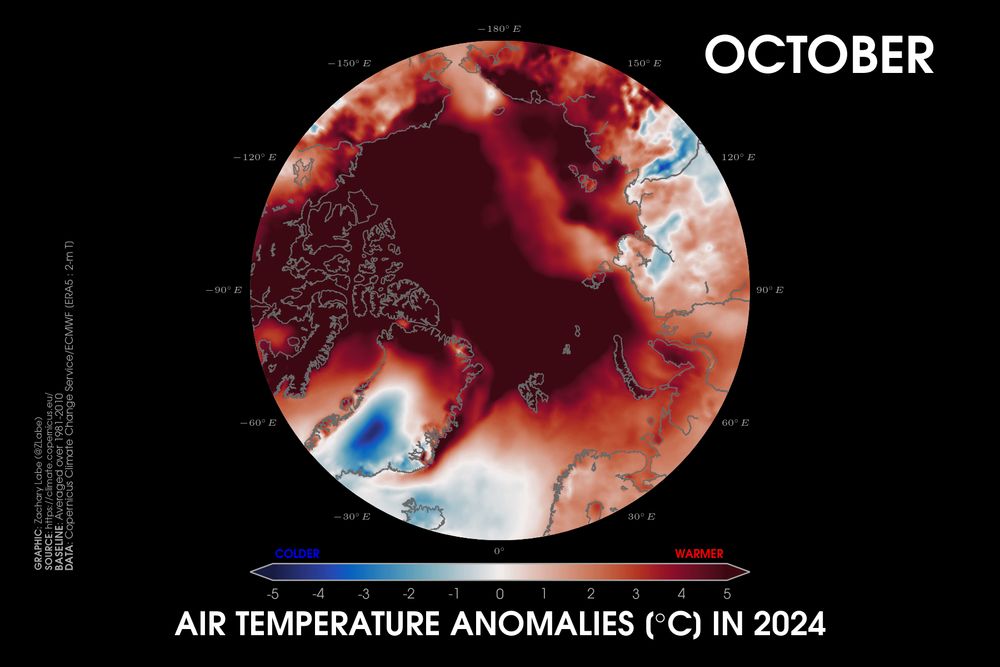
Data from @copernicusecmwf.bsky.social ERA5 reanalysis.
Data from @copernicusecmwf.bsky.social ERA5 reanalysis.
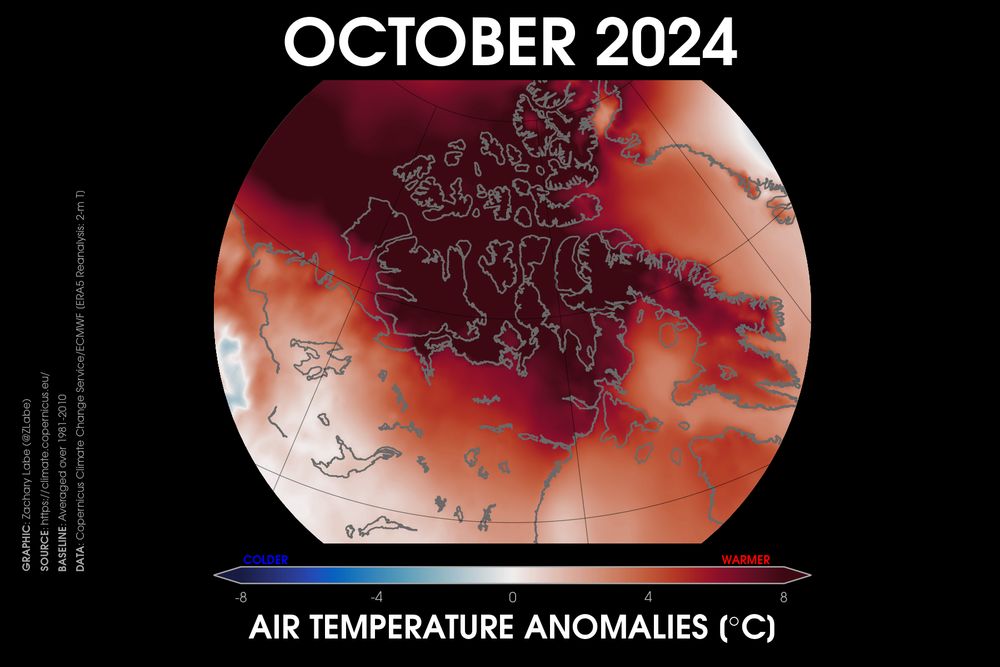
Data from @copernicusecmwf.bsky.social ERA5 reanalysis.
+ Graphic available: zacklabe.com/arctic-sea-i...
+ Data from: psc.apl.uw.edu/research/pro...
+ Graphic available: zacklabe.com/arctic-sea-i...
+ Data from: psc.apl.uw.edu/research/pro...
"Shifting Distribution of Land Temperature Anomalies" by svs.gsfc.nasa.gov/5211/ ⚒️🧪
"Shifting Distribution of Land Temperature Anomalies" by svs.gsfc.nasa.gov/5211/ ⚒️🧪
October #Temperature highlights from the #CopernicusClimate Change Service (#C3S).
Last month
🌡 was the 2nd-warmest October globally, after '23, 0.80°C above the 1991-2020 average
🌡 1.65°C above the pre-industrial level
For more 👉 climate.copernicus.eu/surface-air-...



October #Temperature highlights from the #CopernicusClimate Change Service (#C3S).
Last month
🌡 was the 2nd-warmest October globally, after '23, 0.80°C above the 1991-2020 average
🌡 1.65°C above the pre-industrial level
For more 👉 climate.copernicus.eu/surface-air-...


Graphic available at zacklabe.com/arctic-sea-i...

Graphic available at zacklabe.com/arctic-sea-i...
All insights:
www.ecmwf.int/en/newslette...


All insights:
www.ecmwf.int/en/newslette...
I am very excited to share these results.

I am very excited to share these results.


